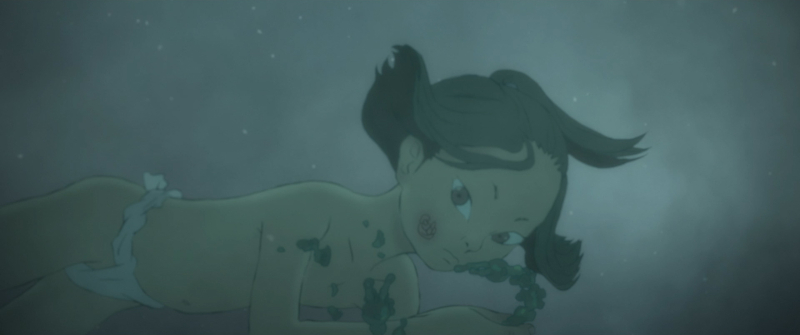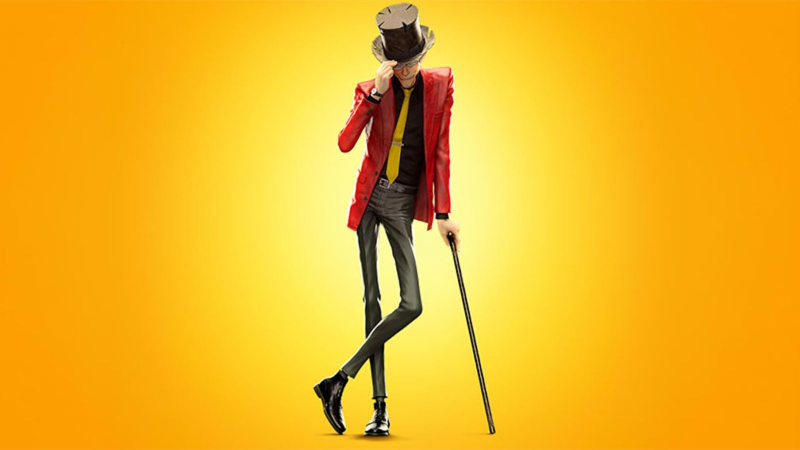Director – Akira Kurosawa – 1985 – Japan – Cert. 15 – 162m
*****
Back out in cinemas this Friday to commemorate its 40th anniversary.
—
Jeremy Clarke on Akira Kurosawa’s live action epic.

Ran is Akira Kurosawa’s remarkable 1985 free adaptation of King Lear.
More than any other Japanese film director, Akira Kurosawa (1910-1998) is responsible for bringing that country’s movies to the attention of international audiences. His first big exposure abroad came with the jidaigeki or period drama Rashomon (1950) which dramatised the story of a rape victim from different, successive character viewpoints. Entered in the 1951 Venice Film Festival without his knowledge, Rashomon unexpectedly picked up the prestigious Golden Lion award.
Subsequent international successes included Seven Samurai (1954) and Yojimbo (The Bodyguard) (1961). By the nineteen eighties, his productions had grown less frequent and more lavish with Kagemusha (The Shadow Warrior) (1980) and Ran (1985) requiring budgetary input from outside Japan.

Kurosawa’s influence abroad has been consolidated by various remakes of his films, with other countries adapting the Japanese elements to their own cultures. Many of his biggest international successes being period pieces have leant themselves to obvious translation into Westerns where gun-slinging cowboys were easily substituted for sword-wielding samurai.… Read the rest

















